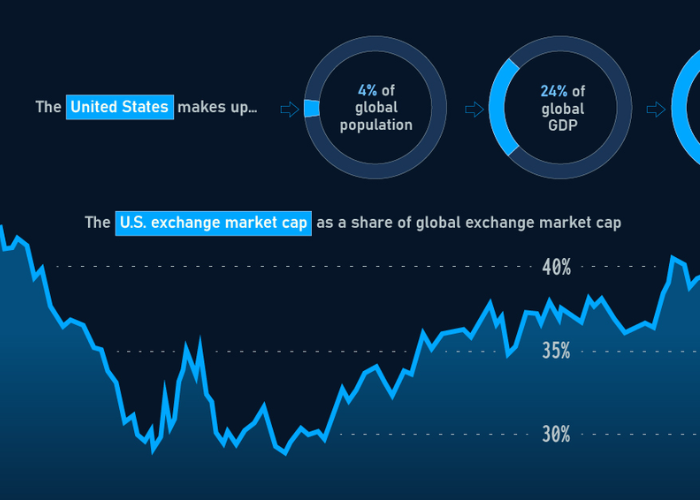In the bustling landscape of global finance, an electrifying subset merits particular attention – high-speed trading of global stock indices. As technology advances, so does the pace at which transactions occur. High-speed trading, or high-frequency trading (HFT), involves making an enormous number of trades at extremely fast speeds, often in fractions of a second. When applied to global stock indices, this form of trading opens up a world of opportunities and challenges. Here’s an exploration of the key aspects of high-speed trading of global stock indices and how individuals and institutions can effectively trade indices.
Understanding Global Stock Indices
Before diving into high-speed trading, it’s vital to comprehend global stock indices. These indices are essentially a benchmark that represents a group of stocks from a particular region or sector. For instance, the S&P 500 represents 500 large companies listed on American stock exchanges. Traders and investors use these indices to gauge market conditions and make investment decisions. Indices provide a snapshot of the health of an economy or a sector, making them highly significant in the financial world. Furthermore, indices offer an overview without analysing each individual stock, making them more efficient in understanding market trends. This can be particularly beneficial in high-speed trading, where timely decision-making is crucial.
The Mechanics of High-Speed Trading
High-speed trading is characterised by the use of algorithms and ultra-fast computing power to make a large number of trades at lightning speeds. In the case of global stock indices, traders use this technology to capitalise on tiny fluctuations in index prices. The goal is to make small profits from each trade, which can accumulate to substantial gains due to the volume of trades made. However, high-speed trading requires sophisticated technology, and the competition is fierce as numerous traders vie for the same opportunities. It’s also essential to have a sound understanding of market dynamics, as algorithms need to be carefully calibrated to ensure they are making beneficial trades.
Advantages of High-Speed Trading in Global Indices
High-speed trading in global stock indices has several advantages. First, it allows for diversification as traders can engage with different markets around the world. This can help in mitigating risks. Secondly, it allows capitalising on small price movements that would be insignificant in regular trading. High-speed trading also improves market liquidity, as the sheer volume of trades ensures that there is always a buyer or seller available. This dynamism can be especially advantageous in volatile markets.
Challenges and Risks Involved
Despite its advantages, high-speed trading is not without its share of challenges and risks. The high frequency of trading means that a single error can be amplified, leading to substantial losses in a short period. Moreover, high-speed trading of global stock indices requires significant investments in technology and infrastructure. There is also the issue of market manipulation, where unscrupulous traders use high-speed trading for illicit gains, affecting the integrity of the markets.
Regulations and Ethical Considerations
Given the risks and challenges, regulations and ethical considerations play a crucial role in high-speed trading. Various regulatory bodies worldwide have implemented measures to ensure fair play and minimise risks. These include circuit breakers to prevent excessive price movements and minimum order sizes to ensure market stability. Traders and institutions involved in high-speed trading must adhere to these regulations and uphold ethical standards to maintain a fair and stable market environment. Moreover, transparency and proper reporting are vital for the credibility and trustworthiness of those participating in high-speed trading.
In conclusion, high-speed trading in global stock indices is an exciting and potentially profitable venture but comes with challenges and risks. With the right technology, adherence to regulations, and an understanding of market dynamics, traders can effectively trade indices at high speeds and explore the opportunities this form of trading presents. However, they must also remain vigilant and ethically grounded to safeguard both their interests and the integrity of the markets.




